Located at Taipower Building MRT Station Exit 5 (台電大樓捷運站5號出口), Heiankyo Japanese Tea House (平安京茶事) is the latest dessert spot in town to specialize in traditional Japanese sweets and foamy matcha, the powdered green tea used in Japanese traditional tea ceremony. Everything from the noren curtain at the entrance to the minimalist rock garden reminds one of Kyoto, where matcha culture was said to have originated.
The tranquility of the impressive wooden interior contrasts with the busy street outside. Customers, mostly middle-aged women, graciously spooned matcha ice cream from bamboo containers (NT$300), seemingly enjoying each mouthful in silent pleasure.
Flipping through the picture menu, I ordered the chiginoshiro set (NT$350). The set is a delightful concoction of textures: the melt-in-your-mouth creaminess of matcha ice cream in harmony with in-season strawberry, chewy Japanese dumplings (團子) and chunky red bean paste. A pot of freshly brewed classic sencha (煎茶) or genmaicha (玄米茶) — green tea with toasted brown rice — comes served with this order. Unlike matcha, which is in powder form, sencha is made by adding boiled water onto unshaded green tea leaves. Sencha is bitter but goes extremely well with cold sweets like matcha ice cream (NT$120 per scoop) and parfait (NT$300).
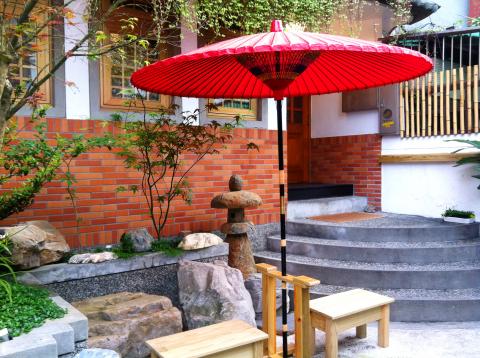
Photo: Nancy Liu
My friend from Tokyo, usually not a big fan of frozen desserts, had aoarashi (NT$350), a serving of matcha jelly with red bean paste and dumplings. Though he found it similar to those served in Japan, I thought that the paste lacked sophistication and the jelly could have been firmer.
The matcha tea with mochi (NT$250) is an ideal set menu for those curious to see an abbreviated form of the tea ceremony. Staff at a preparation counter carefully whisk hot water and matcha powder together with bamboo and then serve.
On a second visit a few days later, I indulged in roll cakes (NT$150 per slice). The genmai flavored roll cake was irresistibly pleasant in presentation and taste. The cake was moist and compact, the fresh cream filling extremely rich. I had to refill my pot of gyokuro tea (NT$ 250), a higher grade of green tea also known as “jade dew,” several times to clean the palate. One slice is probably enough for two light eaters.

Photo: Nancy Liu
I strongly recommend Heiankyo Japanese Tea House to those with an interest in that country’s tea culture. The tea and desserts are of excellent quality, and there are many green tea options to choose from, including matcha milk (NT$ 150), matcha au lait (NT$200) and matcha latte (NT$200).
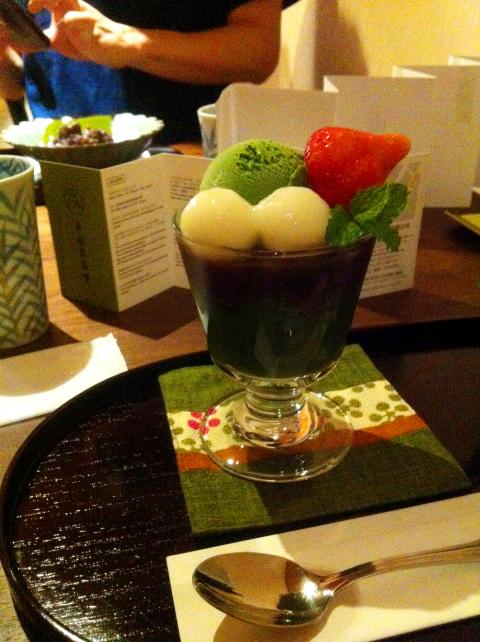
Photo: Nancy Liu
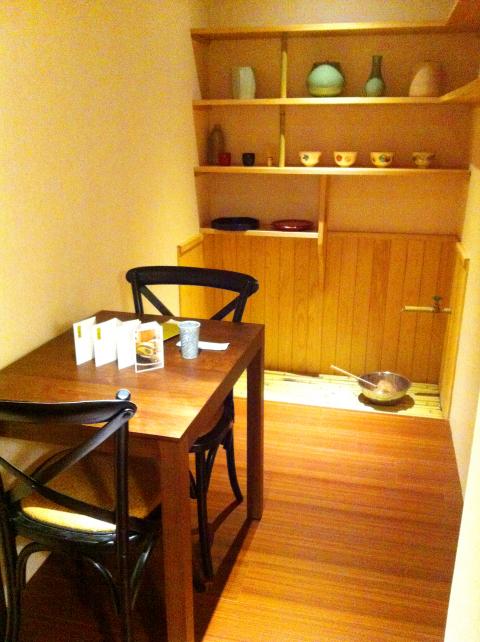
Photo: Nancy Liu
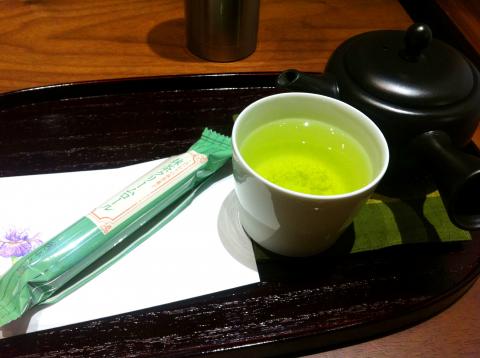
Photo: Nancy Liu

Photo: Nancy Liu
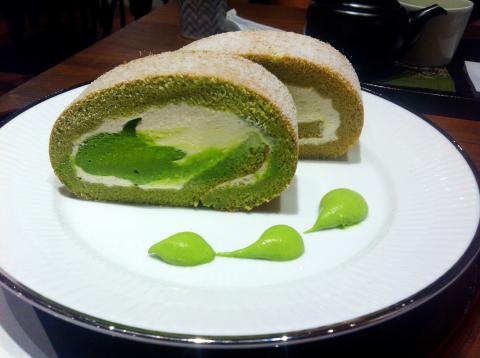
Photo: Nancy Liu

The depressing numbers continue to pile up, like casualty lists after a lost battle. This week, after the government announced the 19th straight month of population decline, the Ministry of the Interior said that Taiwan is expected to lose 6.67 million workers in two waves of retirement over the next 15 years. According to the Ministry of Labor (MOL), Taiwan has a workforce of 11.6 million (as of July). The over-15 population was 20.244 million last year. EARLY RETIREMENT Early retirement is going to make these waves a tsunami. According to the Directorate General of Budget Accounting and Statistics (DGBAS), the
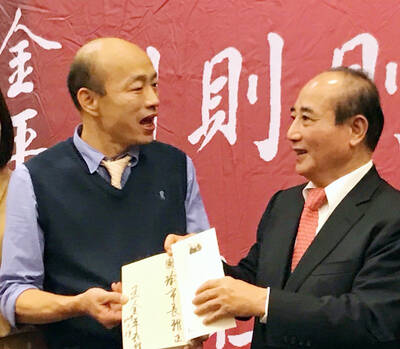
Many will be surprised to discover that the electoral voting numbers in recent elections do not entirely line up with what the actual voting results show. Swing voters decide elections, but in recent elections, the results offer a different and surprisingly consistent message. And there is one overarching theme: a very democratic preference for balance. SOME CAVEATS Putting a number on the number of swing voters is surprisingly slippery. Because swing voters favor different parties depending on the type of election, it is hard to separate die-hard voters leaning towards one party or the other. Complicating matters is that some voters are
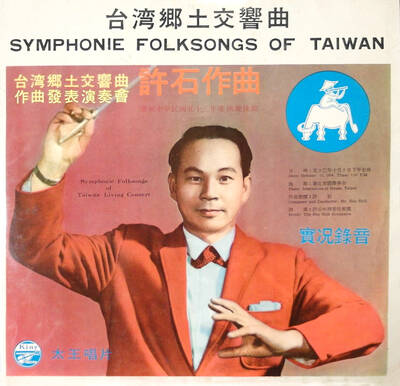
Sept 22 to Sept 28 Hsu Hsih (許石) never forgot the international student gathering he attended in Japan, where participants were asked to sing a folk song from their homeland. When it came to the Taiwanese students, they looked at each other, unable to recall a single tune. Taiwan doesn’t have folk songs, they said. Their classmates were incredulous: “How can that be? How can a place have no folk songs?” The experience deeply embarrassed Hsu, who was studying music. After returning to Taiwan in 1946, he set out to collect the island’s forgotten tunes, from Hoklo (Taiwanese) epics to operatic
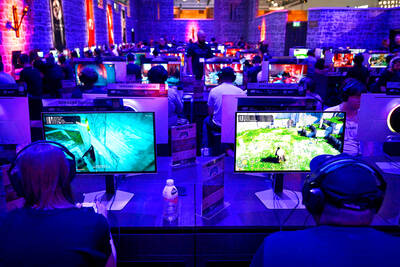
Five years ago, on the verge of the first COVID lockdown, I wrote an article asking what seemed to be an extremely niche question: why do some people invert their controls when playing 3D games? A majority of players push down on the controller to make their onscreen character look down, and up to make them look up. But there is a sizable minority who do the opposite, controlling their avatars like a pilot controls a plane, pulling back to go up. For most modern games, this requires going into the settings and reconfiguring the default controls. Why do they